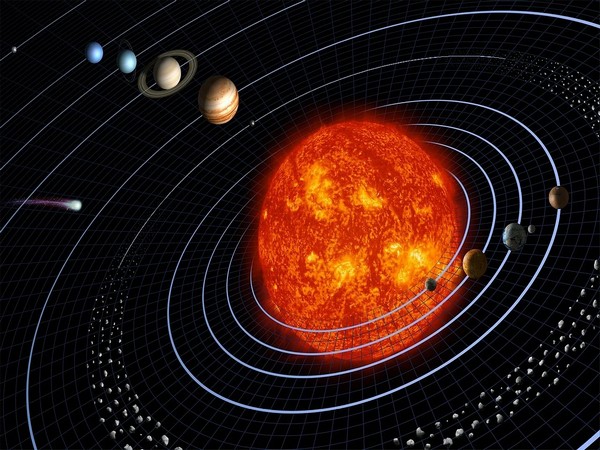NASA’s SunRISE mission passes key review; moves towards launch
With this successful review, Key Decision Point C, SunRISE now moves into Phase C, which includes the final design of the mission and fabrication of the spacecraft and instruments. The six spacecraft will then go through final assembly and testing before their launch readiness date, which is no earlier than April 2024 and no later than September 2025.

- Country:
- United States
NASA's SunRISE mission (Sun Radio Interferometer Space Experiment) successfully passed a mission review this week, moving the mission one step closer to launch. The Key Decision Point C evaluated the mission's preliminary design and project plan to achieve launch by its target launch readiness date.
SunRISE is an array of six toaster-size, solar-powered spacecraft called CubeSats that will work together as one large telescope to study solar activity. The six CubeSats will span roughly six miles across and fly slightly above geosynchronous orbit at 22,000 miles from Earth's surface.
With this successful review, SunRISE now moves into Phase C, which includes the final design of the mission and fabrication of the spacecraft and instruments. The six spacecraft will then go through final assembly and testing before their launch readiness date, which is no earlier than April 2024 and no later than September 2025.
Good news! NASA's SunRISE has passed a key mission review, meaning its design can be finalized for launch no earlier than April 2024. A constellation of 6 toaster-sized CubeSats, SunRISE will act as one large radio telescope to study solar particle storms: https://t.co/Ir5r7L63gS pic.twitter.com/rgIhbmipIQ
— NASA JPL (@NASAJPL) September 9, 2021
The SunRISE mission will create detailed 3D maps of how energetic radio emissions originate from the Sun and evolve as they expand outward into space. It will also map for the first time the magnetic field lines that originate from the Sun's interior and extend throughout interplanetary space.
"The unique formation of the CubeSats gives us a detailed view of the Sun that will help us figure out how high energy particle radiation is initiated and accelerated near the Sun and how it affects interplanetary space. Studying the radio waves that precede solar particle storms could potentially help us create an early warning system," said Joseph Lazio, SunRISE project scientist at NASA's Jet Propulsion Laboratory.
The SunRISE mission is managed by NASA's Jet Propulsion Laboratory (JPL) in Southern California.










